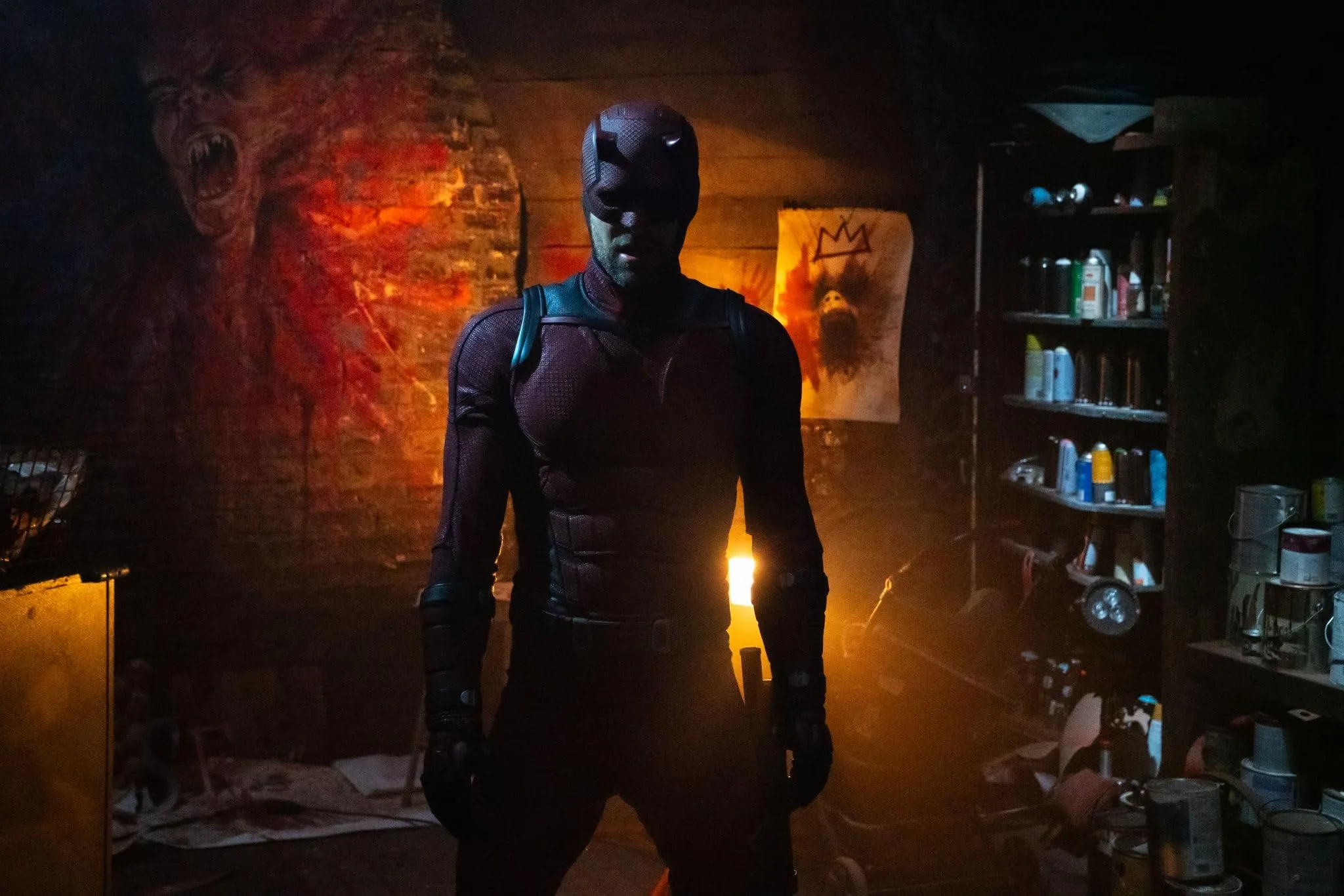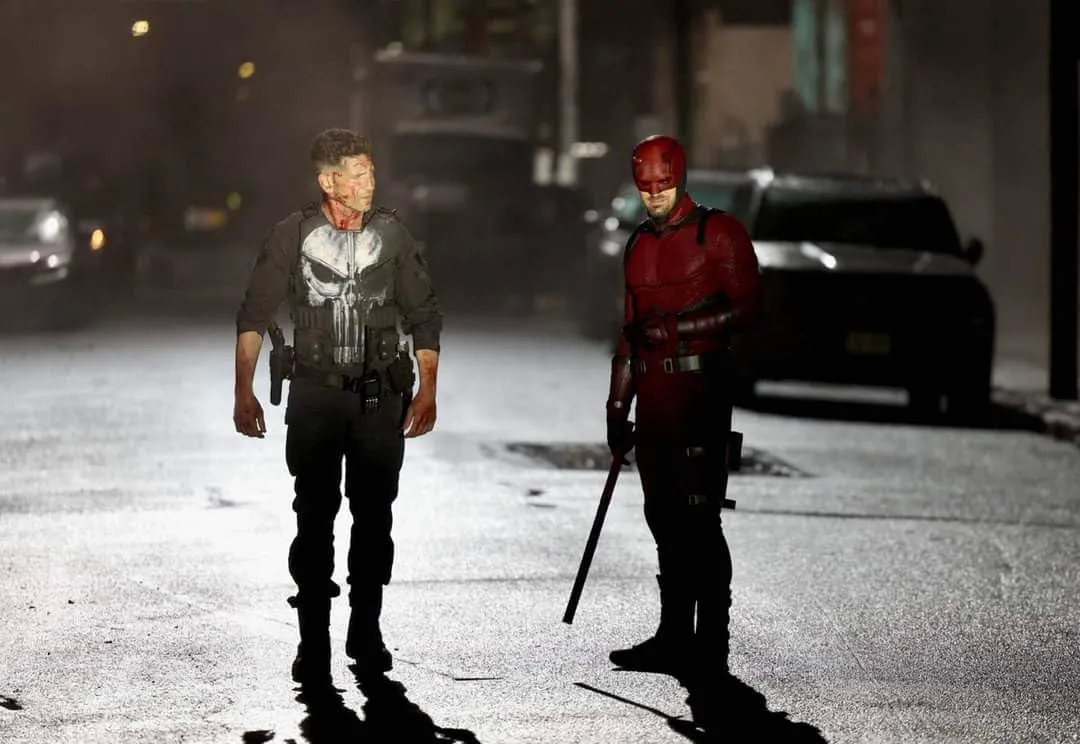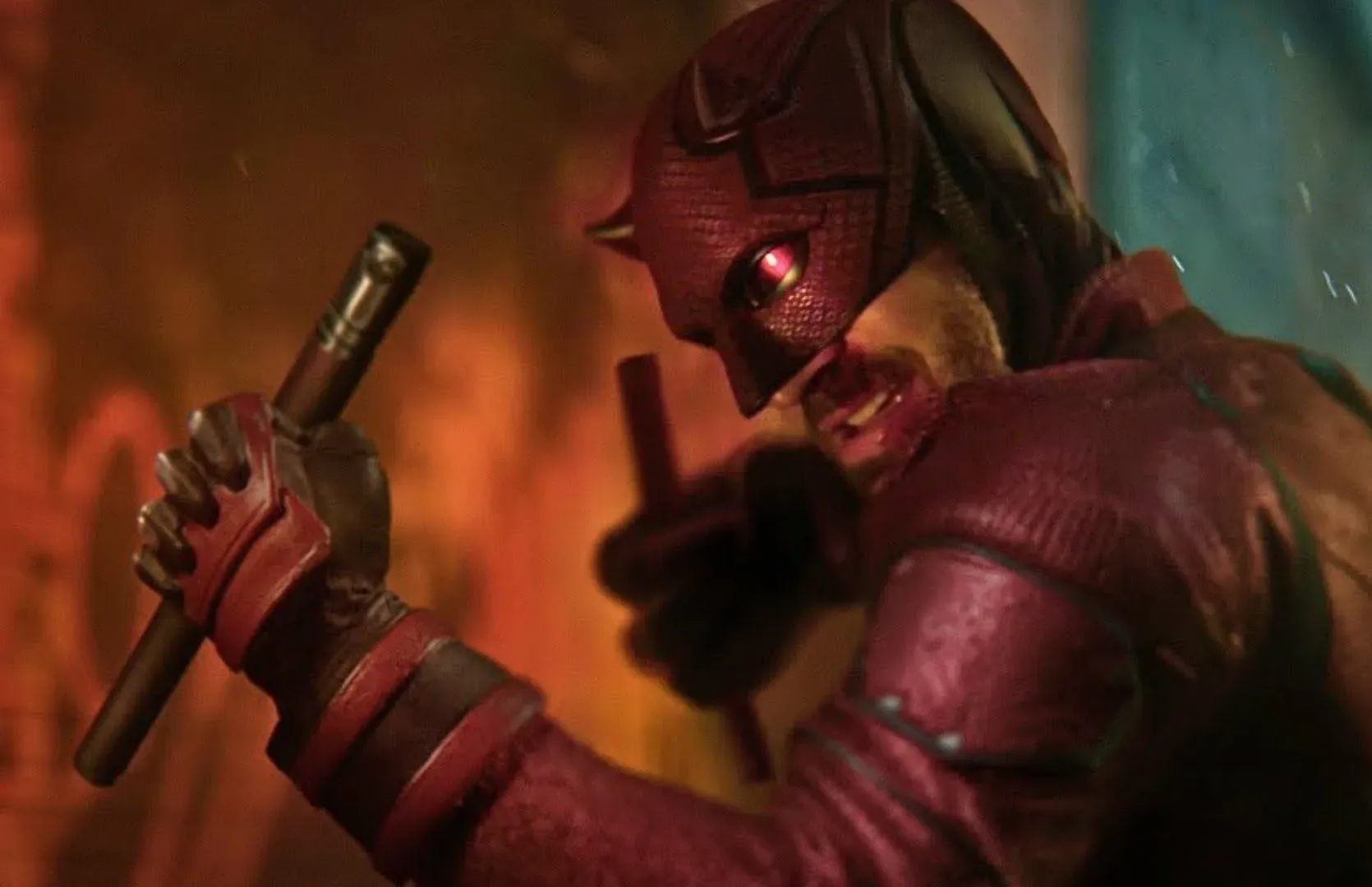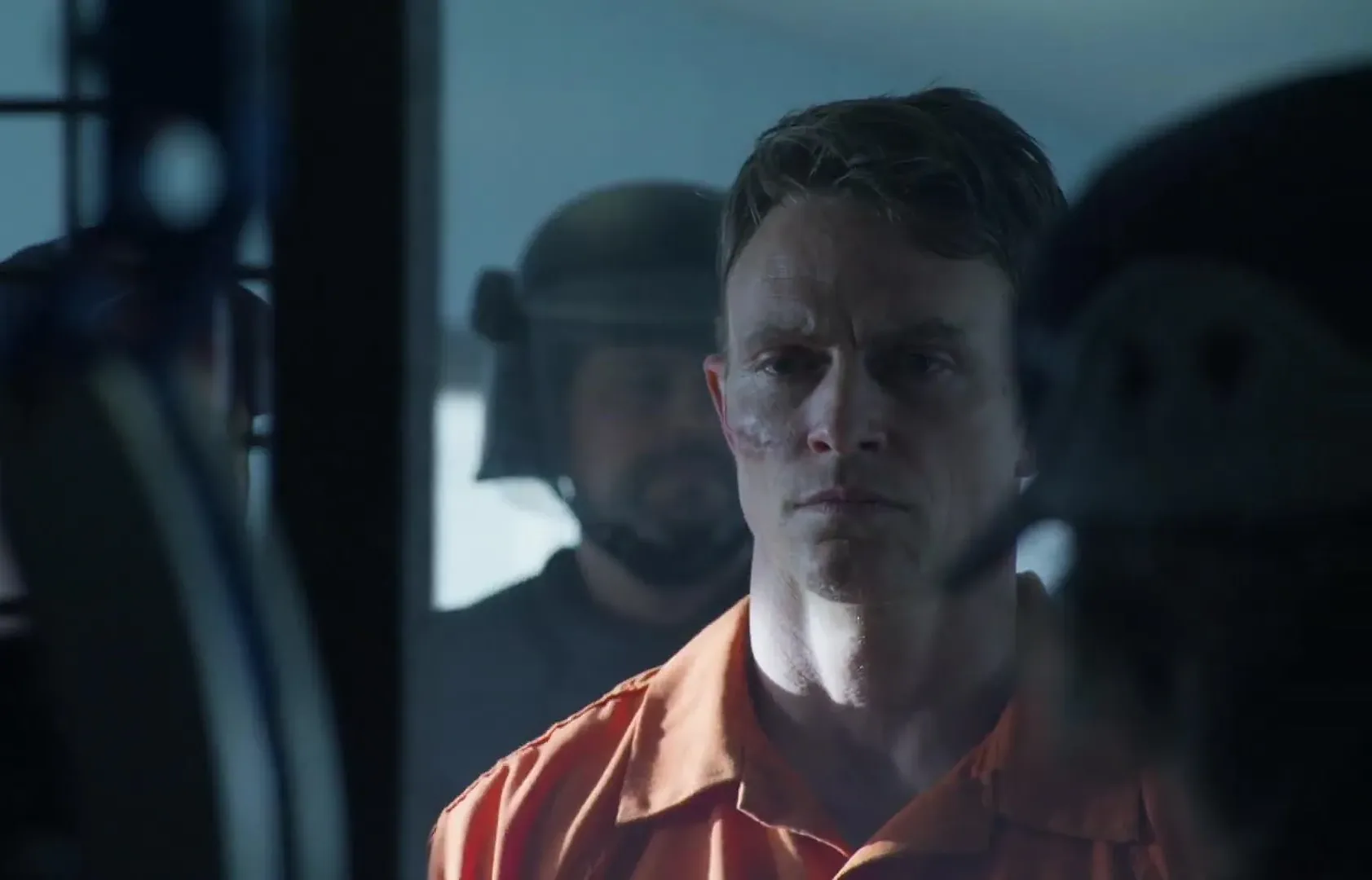Daredevil: Born Again revives a cherished icon, returning to a story that many have long held dear. This series shifts from the rough, shadowy world of Netflix to the unexpected setting of Disney+, a move that reconfigures its style while preserving a raw, uncompromising spirit.
Set within the Marvel Cinematic Universe, it carries forward the weight of its past yet crafts a narrative all its own. Hell’s Kitchen emerges not merely as a backdrop but as a force of its own—a maze of narrow streets, flickering neon, and palpable urban tension that speaks to real-life struggles and historical urban decay.
The tone is unmistakably hard-edged, punctuated by moments of quiet self-reflection and understated humor (think wry asides that cut through the gloom). A stark atmosphere of violence and moral questioning permeates the series, challenging viewers to confront familiar dilemmas in a refreshed light.
This approach transforms the cityscape into a living symbol of human frailty and unspoken resistance. In a series that oscillates between brutal action and thoughtful introspection, there is an ever-present dialogue about the cost of redemption and the scars left by a troubled past.
Plot Dynamics and Structural Layers
A few years after the events of the previous season, the story resets dramatically. A significant tragedy forces Matt Murdock to hang up his vigilante persona, retreating into the familiar world of law and order.
Meanwhile, Wilson Fisk embarks on an unexpected political quest, throwing his hat into the mayoral race. This setup creates a stage where personal losses and ambitious pursuits collide, prompting viewers to consider how individual choices mirror larger societal shifts (think of historic political upsets that have redefined city landscapes).
The series constructs a narrative where the paths of Murdock and Fisk run parallel, their inner battles hinting at shared origins. Both characters wrestle with transformations that are as personal as they are public.
One is haunted by a painful past and now seeks solace in the courtroom, while the other repurposes a legacy of criminal influence into a campaign for civic power. Their intertwined arcs evoke memories of real-life figures who have reinvented themselves against a backdrop of social change.
Subplots ripple through the central narrative, featuring courtroom dramas, strained relationships, and emerging urban threats. There is a gradual buildup—from measured, contemplative sequences to abrupt, high-stakes action—that forces a reexamination of what sacrifice and redemption truly mean.
The pacing oscillates between quiet legal deliberations and bursts of raw physical conflict (sometimes, the shift is as abrupt as a sudden downpour on a clear day). Each scene functions as a microcosm of larger debates about authority, justice, and personal responsibility in a city that never sleeps.
Faces of Conflict and Transformation
Matt Murdock stands as a study in contradiction—a man torn between a reliance on the precision of legal reasoning and the raw, instinctual drive of his past as a masked avenger.
His portrayal exposes a deep-rooted struggle (a kind of inner civil war) marked by the weight of personal tragedy and a burden inherited from his faith. The series paints his physical scars and internal conflicts with a stark brush, creating a figure who, even in retreat from vigilantism, cannot entirely escape the lure of his former self.
One might even call his journey a case study in the effects of unresolved anguish, a phenomenon as old as any urban legend. Wilson Fisk, on the other hand, shifts from the traditional image of a merciless underworld kingpin to that of an aspirant politician. He presents a dual identity—onstage, a candidate polishing his appeal for public favor; backstage, a remnant of his former, ruthless self that refuses to be entirely expunged.
This dualism offers a window into historical shifts where former outlaws rebrand themselves in a bid for legitimacy, drawing an unexpected parallel with certain political figures of yesteryear.
Supporting characters such as Karen Page and Foggy Nelson return with roles that anchor Murdock’s fractured world, while Heather Glenn enters as a counterpoint to his familiar allies.
Brief appearances, including that of Frank Castle, serve as a reminder of the wider universe at play, each cameo carrying its own subtle significance (a miniature echo of a larger saga).
The cast’s chemistry deserves a nod. Charlie Cox and Vincent D’Onofrio share a dry, almost understated rapport that injects moments of dark humor into the narrative.
Their interplay resembles a well-rehearsed debate, sharp yet unexpectedly reflective, while the supporting ensemble enhances critical scenes with their own nuanced performances.
Visions of Justice and Identity
The series presents a stark contrast between legal recourse and raw vigilante impulse—a conflict portrayed through characters caught in a perpetual tug-of-war between public duty and private torment.
Matt Murdock’s struggle to seek restitution via courtroom battles, juxtaposed with his previous nocturnal crusades, offers a lens into an ethical dilemma that mirrors debates in society over institutional versus extrajudicial solutions (imagine a modern-day trial where civic trust hangs by a thread).
This narrative confrontation raises questions about the possibility of achieving fair redress within a system marred by imperfections. Characters operate in a sphere where moral shades obscure clear-cut distinctions; legal advocates share uneasy ground with those who reject the rule of law.
The series turns this ambiguity into its own signature—a sort of moral Rorschach test that asks its audience to reconsider what constitutes true justice.
Parallel to this, Fisk’s metamorphosis from a feared underworld figure to a contender for civic office exposes the paradox of power and redemption. His public façade, at times disturbingly calm, conceals a legacy of brutality and unresolved vendettas.
Here, the narrative crafts a dual image that seems to echo historical figures who rebranded under the weight of their past misdeeds—a transformation that is as unnerving as it is fascinating (a real-life case study in political reinvention, if you will).
The recurring use of masks in the series functions as a potent icon—symbols for hidden selves and the inescapability of one’s history. Violent encounters and meticulously choreographed brawls do more than thrill; they serve as visual metaphors for inner conflict and the sacrifices demanded by a life lived in extremes.
In a commentary that cannot be dismissed as mere escapism, the portrayal of corrupt institutions and political ambitions strikes a familiar chord with our current societal climate. The layered imagery and carefully constructed motifs work to imprint a lasting cultural imprint, offering viewers a narrative rich with both symbolic and tangible significance.
Visual Rhetoric and Kinetic Storytelling
The visual approach of this series calls attention to a sophisticated interplay of light and shadow that sketches out a city in constant unrest.
The director employs a muted yet punchy color scheme—cold blues mingling with harsh reds—to mirror the inner tumult of its characters. Camera angles often tilt in a manner that unsettles the viewer, as if questioning the very stability of the urban environment (a nod, perhaps, to cinematic experiments of the past that mirrored societal upheaval).
Key fight sequences are choreographed with precision and a certain brutal elegance. The opening brawl, for instance, is orchestrated with rapid cuts and lingering slow-motion moments, crafting a visceral energy that teeters between raw physicality and an almost balletic display of violence.
This sequence does more than entertain; it acts as a visual metaphor for a society caught in a struggle between order and chaos—a microcosm of historical clashes where force met restraint.
Set design contributes significantly to this narrative. Hell’s Kitchen emerges through a thoughtful use of cramped alleyways, aged brickwork, and neon-lit facades that conjure both modern grit and a nostalgic sense of decay.
Costumes and props are carefully curated, lending an authenticity that bridges classic comic sensibilities with the modern era. In a way, the series curates a visual lexicon that speaks to the timeless conflict between personal demons and institutional power.
The series manages to craft its own visual dialect while fitting into the larger cinematic universe. It employs practical effects in tandem with modern digital enhancements, achieving a balance that feels both tangible and artistically stylized.
This careful orchestration ensures that each frame contributes not merely to spectacle but to a broader commentary on urban struggle and human resilience.
Legacy in the Marvel Continuum
The series intricately knits together its myriad narrative threads and character arcs, forming a tapestry where personal sacrifice meets institutional decay.
While the resolution of certain conflicts leaves room for ambiguity (perhaps an intentional invitation to debate), the thematic messages continue to simmer beneath the surface—echoes of real-world power struggles and the weight of moral compromise. Daredevil: Born Again stands as both an extension of a long-revered saga and an independent narrative that refuses to be pigeonholed.
Hints at future storylines are scattered like breadcrumbs in a dense urban maze. Unresolved subplots and narrative cliffhangers suggest a potential for further character evolution, raising questions reminiscent of historical political upheavals where transformation was both inevitable and unpredictable. It is as if the series dares us to question whether redemption and reinvention can coexist in a world that never truly forgets its past.
In parallel, Fisk’s metamorphosis and Murdock’s internal oscillations create a dynamic interplay that feels distinctly modern—a commentary on how personal demons and societal institutions often mirror one another. This duality (a kind of moral echo chamber) enhances the show’s cultural resonance.
Its ability to stand apart is evident in the unique synthesis of legal drama, political maneuvering, and raw kinetic action (yes, even the punches carry a metaphorical weight). Such an approach might well influence upcoming Marvel television projects, prompting a reexamination of what legacy really means in an ever-evolving cultural narrative.
The Review
Daredevil: Born Again
Daredevil: Born Again reinvents a cherished narrative through courtroom drama, political ambition, and raw physicality. Its nuanced character arcs and symbolic visuals prompt thoughtful reflection on justice and power today. While pacing may test some viewers, its provocative storytelling opens new avenues for future Marvel ventures.
PROS
- Compelling character arcs
- Bold thematic exploration
- Striking visual style
- Memorable fight sequences
CONS
- Uneven pacing
- Some narrative ambiguity




















































